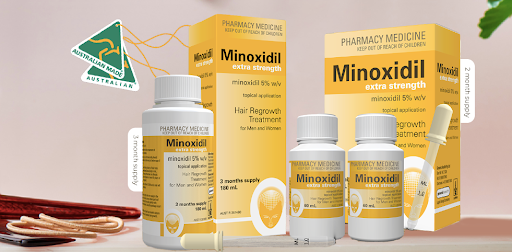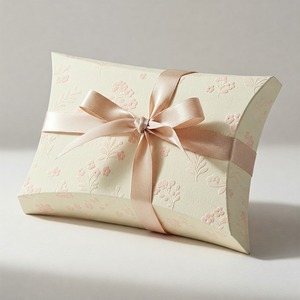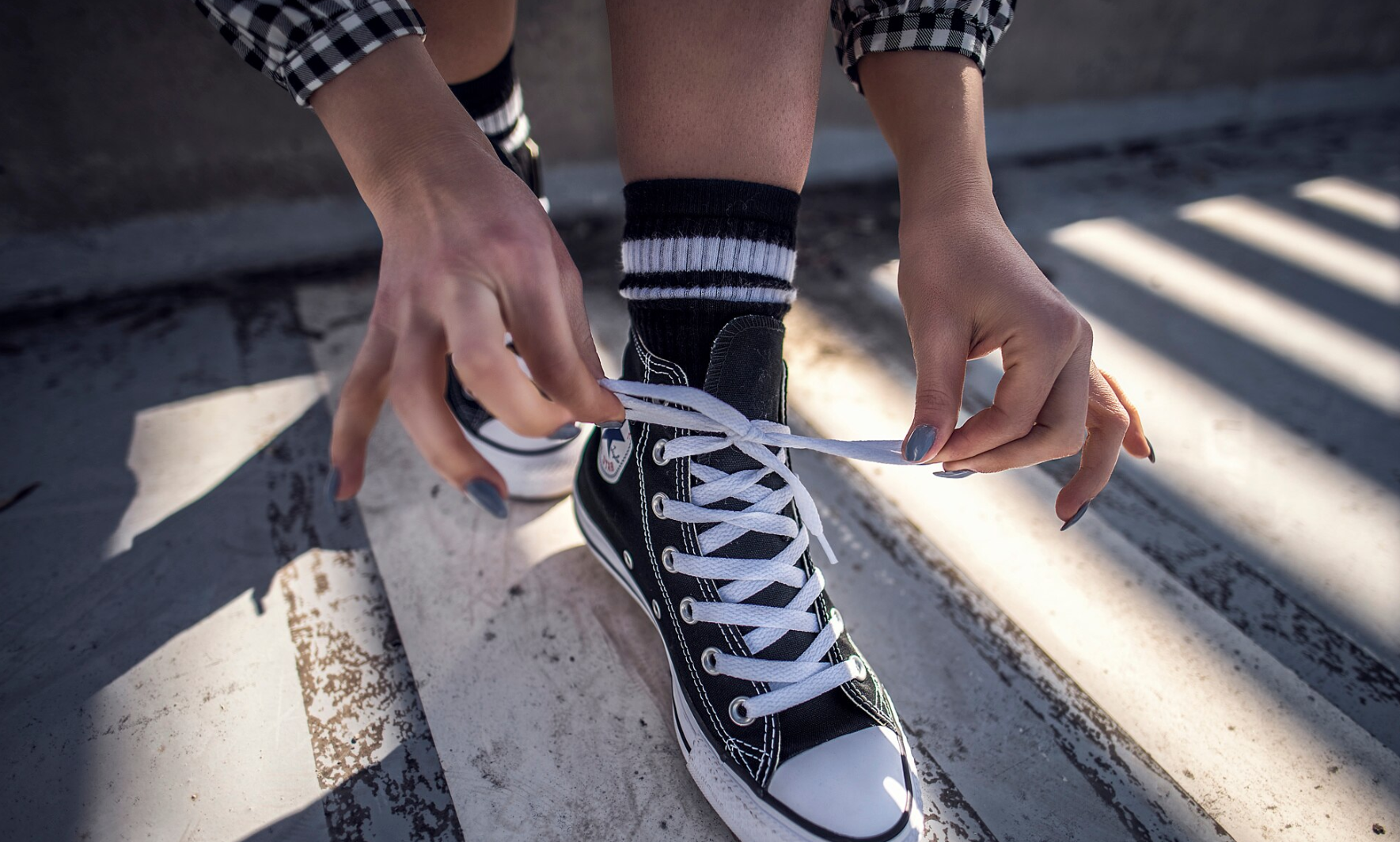The issue of hair loss is one that many women in Australia face. A variety of factors, including genetics, hormones, stress, and certain medical conditions can cause it. Whatever the cause may be, hair loss can have a significant impact on a woman’s self-esteem and confidence.
While there are various treatments available for hair loss, minoxidil has been the go-to option for many years. However, with advancements in technology and research, there are now several other effective treatments for women experiencing hair loss in Australia.
In this article, we will explore some of these treatments and how they can help women regain their beautiful locks.
What is Minoxidil?
Minoxidil, also known as Rogaine or Regaine, is a popular topical medication used for the treatment of hair loss. It was originally developed as an oral medication to treat high blood pressure, but it was later discovered to have a side effect of stimulating hair growth. This led to the development of a topical form of minoxidil specifically for hair loss.
Minoxidil is available over-the-counter and can be purchased in various forms such as foam, solution, and spray. The most commonly used concentration for hair loss treatment is 5% for men and 2% for women. It works by increasing blood flow and nutrients to the hair follicles, promoting hair growth and preventing further hair loss.
One of the major benefits of using minoxidil is that it can be used by both men and women. This is because it does not affect hormones in the body, making it safe for use by individuals of all genders. It is also suitable for people with different types of hair loss, including hereditary hair loss (androgenetic alopecia), temporary hair shedding (telogen effluvium), and patchy hair loss (alopecia areata).
Minoxidil is typically applied twice a day to dry scalp and should not be washed off for at least four hours after application. Results may vary from person to person, but most individuals start to see improvements within 3-6 months of consistent use. The medication must be used continuously to maintain the results, as stopping the treatment may cause hair loss to resume.
While minoxidil is generally well tolerated, some individuals may experience side effects such as scalp irritation, dryness, and itching. These side effects are usually mild and can be reduced by using a lower concentration or switching to a different form of minoxidil. It is important to follow the recommended dosage and application instructions to minimize the risk of side effects.
Platelet-Rich Plasma (PRP) Therapy
One of the latest developments in hair loss treatment is Platelet-Rich Plasma (PRP) therapy. This treatment involves injecting a concentrated amount of the patient’s own platelets into the scalp to stimulate hair growth.
Platelets are rich in growth factors that promote cell renewal and regeneration, making them an effective solution for hair loss. PRP therapy not only promotes hair growth but also strengthens existing hair follicles, making them less susceptible to falling out.
The procedure is relatively simple and has minimal side effects, making it a popular choice among women seeking alternative treatments for their hair loss.
Low-Level Laser Therapy (LLLT)
Another promising treatment for female hair loss is Low-Level Laser Therapy (LLLT). This non-invasive procedure uses low-energy laser light to stimulate blood flow to the scalp and hair follicles.
Studies have shown that LLLT can increase hair density and improve hair thickness in women with androgenetic alopecia (hereditary hair loss). It is also an excellent option for those who are unable to undergo other treatments due to medical conditions or sensitivities.
Essential Oils
Essential oils have been used for centuries for their therapeutic properties, and they can also be effective in treating hair loss for women in Australia. Some essential oils, such as rosemary and peppermint oil, have been found to stimulate hair growth by increasing blood circulation in the scalp.
Additionally, essential oils can help nourish the scalp and strengthen hair follicles. They also have anti-inflammatory properties which can soothe a dry, itchy scalp – a common symptom of many hair loss conditions.
Nutritional Supplements
A balanced and healthy diet is essential for overall health, including the health of our hair. However, sometimes we may not be getting all the necessary nutrients from our diet alone, leading to hair thinning and loss.
In such cases, nutritional supplements can promote hair growth and prevent further loss. Some key nutrients crucial for healthy hair include biotin, iron, zinc, and vitamin D.
Before starting any supplements, it is essential to consult with a healthcare professional to determine which ones may be most beneficial for your specific situation.
Hair Transplant Surgery
For more advanced cases of female hair loss, where other treatments have not been successful, hair transplant surgery may be an option. This procedure involves taking hair follicles from a donor area (typically the back of the head) and transplanting them into the areas with thinning or no hair.
Hair transplant surgery has come a long way in recent years, with advancements in technology making it a safe and effective option for restoring lost hair. While it may be more invasive than other treatments, it can provide long-lasting results and significantly improve self-confidence.
Lifestyle Changes
Apart from these treatments, lifestyle changes can also play a significant role in preventing and managing hair loss. Adequate sleep, stress management techniques, regular exercise, and a balanced diet are all crucial for promoting overall health and healthy hair growth.
Moreover, avoiding tight hairstyles that pull on the scalp and using gentle hair care products can also help prevent further hair loss.
The Bottom Line
Hair loss is a common issue that many Australian women face, but it does not have to be permanent. With the advancements in technology and research, there are now several effective treatments available for women experiencing hair loss.
While minoxidil may still be a popular option, it is essential to explore other options such as PRP therapy, LLLT, essential oils, nutritional supplements, and even hair transplant surgery for more severe cases.
Remember to consult with a healthcare professional before starting any new treatment or supplement regimen. And always prioritize overall health by making lifestyle changes that promote healthy hair growth.
So don’t let hair loss bring you down – there are plenty of positive solutions out there to help you regain your beautiful locks and boost your confidence. With the right combination of treatments and lifestyle changes, you can say goodbye to hair loss and hello to healthy, luscious hair. So don’t lose hope – take action towards healthier, happier hair today!




